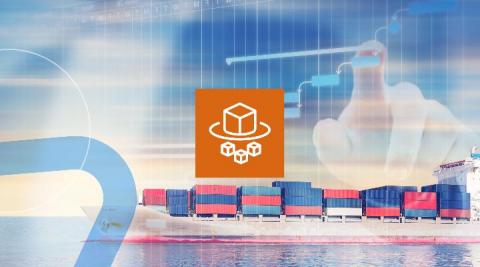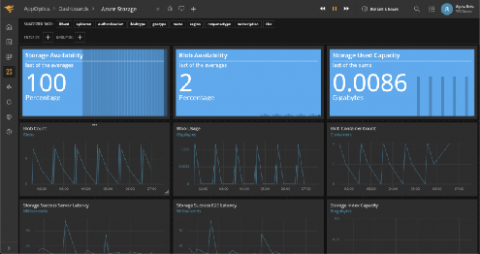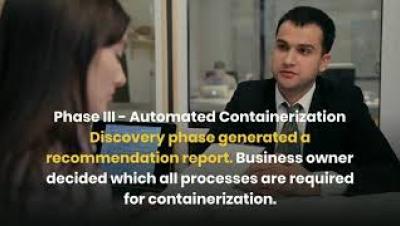Get AWS credits for your startup with AWS Activate
If you’ve ever launched a startup, you know how hard it is to find funding. It’s a huge grind just to get from conception to execution without even worrying about profitability yet. But to attract an investor, you have to show consistent revenue growth to prove they will eventually see a return. Many, many startups fail before they reach a Series A. And the industry with the highest startup failure rate? The information industry, at 63%.










